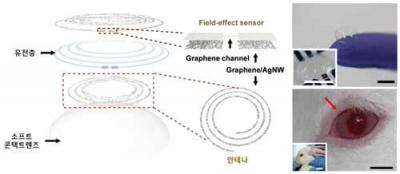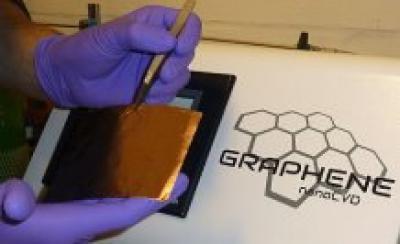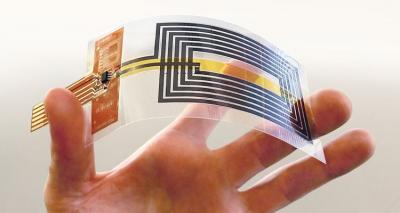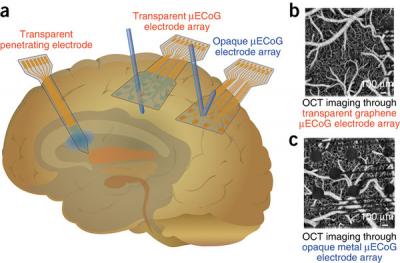Chinese team created graphene aerogels inspired by plant structure
Researchers at Zhejiang University in China have designed a graphene-based aerogel mimicking the structure of the "powdery alligator-flag" plant that could have potential for use in applications like flexible electronics.
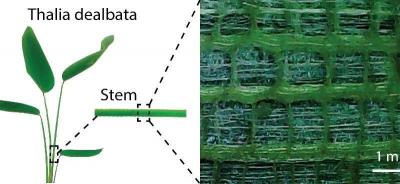
The team drew inspiration from the stem structure of the powdery alligator-flag plant (Thalia dealbata), a strong, lean plant capable of withstanding harsh winds. The researchers used a bidirectional freezing technique that they previously developed to assemble a new type of biomimetic graphene aerogel that had an architecture like that of the plant's stem. When tested, the material supported 6,000 times its own weight and maintained its strength after intensive compression trials and was resilient. They also put the aerogel in a circuit with a LED and found it could potentially work as a component of a flexible device.
